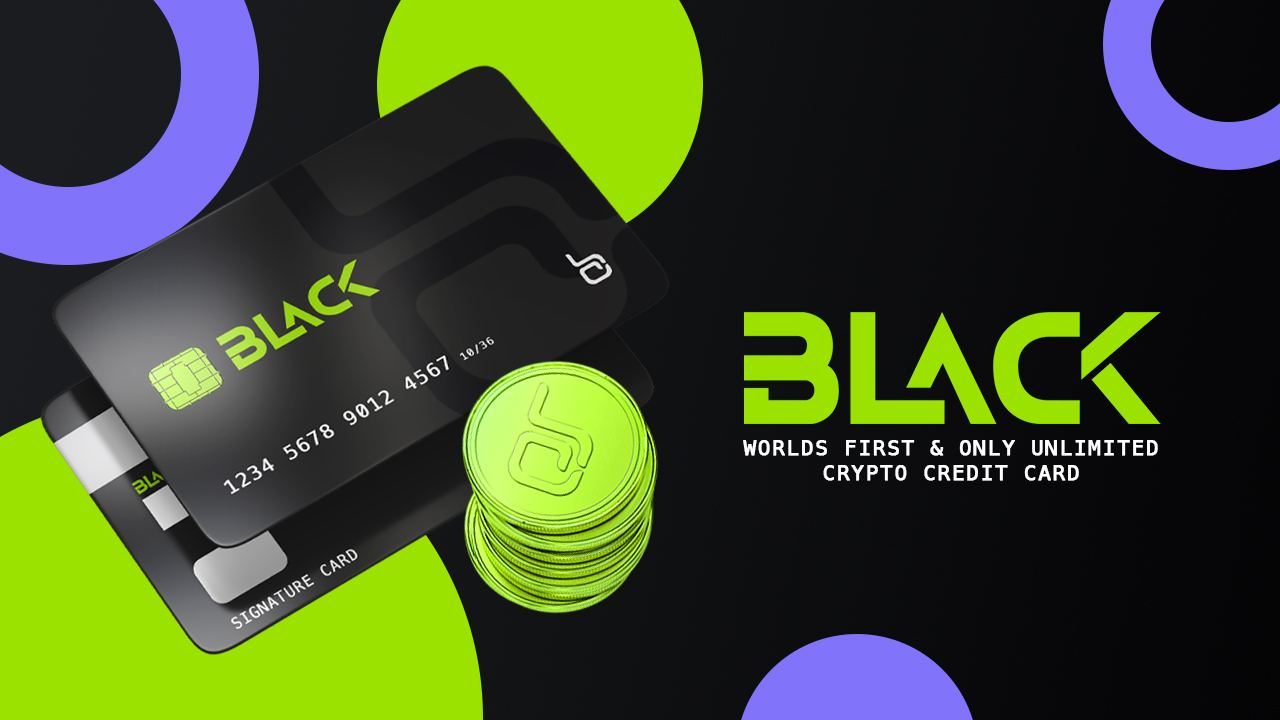London hard fork in the Ethereum testnet as a difficulty bomb delayed Bom bo
The London upgrade of the Ethereum network was launched on June 24th in the Ropsten test network (test network). This upgrade includes many Ethereum Improvement Proposals (EIPs), of which EIP-1559 is eagerly awaited.
After the start on the Ropsten test network, the London upgrade will be provided weekly on the Ethereum test networks Goerli, Rinkeby and Kovan. This is one of the most important steps of route implements proof-of-stake (PoS) consensus in the Ethereum network, also known as Ethereum 2.0.
The London upgrade brings 5 EIPs deployed on test networks: EIP-1559, EIP-3198, EIP-3529, EIP-3541 and EIP-3554. The hotly debated proposal, EIP-1559, is a transaction pricing mechanism that includes a fixed line charge for each block to be burned and allows the block sizes to be scaled and shrunk to solve the congestion problem.
Changes proposed by EIP-1559 | Source: ConsenSys
Through this mechanism, a separate basic fee is charged for transactions that are included in the next block. For applications and users who want to prioritize their transactions on the network, a “priority fee” can be added to motivate miners to pick up blocks faster. While miners pocket “priority fees”, the basic fees for executing transactions are burned. Until the transition to the PoS model is complete, in addition to the 2 ETH per block that miners receive, miners will also receive a “priority fee” for prioritizing transactions.
James Beck, Director of Communications and Content at ConsenSys – the blockchain technology company that powers Ethereum’s infrastructure – discussed the impact of base fee burning on the network:
“Burning the flat rates will put deflationary pressure on ETH issues, although modeling the extent of deflation accurately is difficult as it requires predicting variables such as expected transactions and is even more difficult to predict than the extent of network congestion. Theoretically, the more transactions take place, the greater the deflationary pressure on the entire ETH offering from the burning of the basic fees. “
However, Marie Tatibouet, Marketing Director of the Gate.io exchange, believes that the possibility of this fee change is detrimental to the network.
She mentioned “preferential fees” for miners, and the higher the amount, the faster the transaction will be processed.
“If the network gets bigger and Ethereum continues to be the premier smart contract platform, won’t this start a ‘fee war’ between users willing to pay more to expedite their transactions?”
Difficulty bomb delayed
Another important part of this upgrade that will affect everyday users is EIP-3554. The EIP delayed the “difficulty bomb” and came into force from the first week of December 2021. Essentially, when the difficulty bomb explodes, mining a new block becomes extremely less profitable and difficult for miners, forcing them to switch to PoS Beacon Chain.
Kosala Hemachandra, founder and CEO of MyEtherWallet – an Ethereum-based wallet platform – says this EIP has existed since the birth of Ethereum to ensure the network moves to PoS and ETH2 in a timely manner. He added:
“This value is supposed to make the block difficulty exponentially more difficult after a certain number of blocks, which makes it impossible for miners to mine new blocks and switch them to the ETH2 network. However, due to the delay in development, the bomb is still being delayed and the London fork will be the last time it will be postponed. “
According to this official EIP document, the network aims to “upgrade and / or consolidate in Shanghai before December 2021”. However, the document also states that the difficulty bomb could be adjusted or removed altogether at this point, proving that the first week of December is not a safe date for difficulty bombs or merges and may be delayed even longer.
Tatibouet also mentioned that until the merger of Ethereum 1.0 with PoS Chain of lights – Mechanisms for coordinating shards and stakers in the network, existing transaction speed solutions built on the network or layer 2 solutions seem to be the most practicable options.
She added:
“Layer 1 and 2 solutions do not have to be mutually exclusive. For this reason, Ethereum 2.0 uses a combination of layer 1 (sharding, PoS) and layer 2 (rollups) to achieve real scalability. “
Coincidentally after Data From CryptoQuant, more than 100,000 ETH were used in the ETH2 deposit contract on the same day of the upgrade implementation on the Ropsten testnet, which corresponds to a face value of 210 million US dollars at an ETH price of around 2,000 US dollars. Such a high level of interest could point to the Ethereum community’s expectations for this upgrade, especially given the much-discussed implications of EIP-1559.
Hemachandra also mentions how this proposal supports Layer 2 solutions:
“EIP-1559 introduces dynamic block gas limits. In essence, the number of transactions contained in a block can automatically adjust based on congestion. Hence, it can reduce congestion – this is another great solution on Layer 2 “.
Stake out and after this “unify”
It is important to note that after another 100,000 ETH were staked on the testnet on the day of the London upgrade rollout, the total ETH share on the Beacon Chain exceeded 5% for the first time. The amount of ETH used currently amounts to over 6 million tokens with a value of 12.76 billion US dollars.
Compared to other PoS networks and coins, 5% ETH use is not a high percentage. Cardano, for example, currently has nearly 72% of ADA on the network. However, there are many reasons why this is so. Hemachandra explains the main reason and why this is a positive sign for the network as follows:
“Unlike most other PoS coins, the whole purpose of ETH isn’t just to get stuck and earn interest. This is a good sign of using ETH as a utility. For example, if 80% ETH is staked, there is only 20% ETH left to do something on Ethereum, and I don’t think that’s the ideal scenario. “
According to the Data by Anthony Sassano, co-founder of EthHub.io, 23% of all ETH mining is stored in smart contracts. This equates to more than 23.45 million ETH tokens valued at nearly $ 50 billion. Out of 23.45 million ETH, more than 6 million ETH are involved in the ETH2 deposit contract and 9 million ETH in various decentralized financial protocols (DeFi) as the network is most commonly used for DeFi.
The ETH remaining in the smart contract will be split between other relevant holders such as Gemini, Gnosis Safe Multi-Sig Wallet, Polygon Bridge and Vitalik Buterin’s Cold Wallet.
Overview Ethereum is being staked | Source: The Daily Gwei
After the “merge”, both Ethereum 1.0 and Ethereum 2.0 will be combined, marking the end of the PoW consensus mechanism for Ethereum. Then the ETH miners are faced with a difficult choice.
If their mining hardware is out of date, they will have to sell the equipment and switch to staking from ETH or – at least for GPU miners – switch to another altcoin.
An analysis by Justin Drake of the Ethereum Foundation estimates that 1,000 ETH are released and 6,000 ETH are burned every day to make ETH a more deflationary asset.
His analysis also shows that assuming the validators increase and the annual staking percentage is 6.7%, the annual supply change is -1.6 million ETH, reducing the swelling rate.
This transformation will make ETH a deflationary asset as the supply ratio shrinks over time, putting pressure on the supply-demand dynamics that determine prices in the market.
At home at home
According to Cointelegraph
Follow the Youtube Channel | Subscribe to telegram channel | Follow the Facebook page













